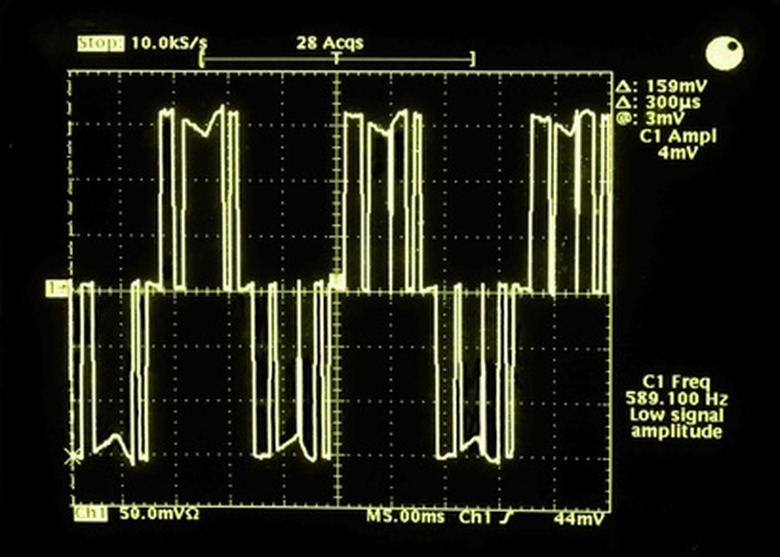What Is Pull In Voltage?
The term pull-in voltage is associated with the operation of electromagnetic relays. It is the voltage required to cause the relay to operate. It's related to drop-out voltage, which is the voltage at which the relay returns to its rest position. The pull-in voltage is always greater than the drop-out voltage.
Magnet Circuit Reluctance
At rest, there is an air gap between the relay armature and the coil core. The magnetic circuit is open, therefore the pull-in voltage has to produce a current in the coil sufficient to overcome this reluctance to operate. Once closed, the armature and coil core are in contact and the magnetic circuit is completed. There is a resistance to release (this resistance is sometimes referred to as reluctance). Therefore, the drop-out voltage must be reduced substantially before the relay will return to the rest position.
Operating Current
The pull-in voltage and the drop-out voltage each have an associated operating current. This current flows through the relay coil and induces the magnetic field required to actuate the relay and change its state. This current is equal to voltage across the relay coil, divided be the resistance of the coil. Coil-current I = coil-voltage V / coil-resistance r.
Temperature Coefficient.
The relay is a current-operated device. Voltage levels will change due to the temperature coefficient of the relay coil resistance, which increases with temperature rise.
Reliable
The electromagnetic relay is a durable and reliable component, and if operated within its specified parameters, will give years of reliable use.
Cite This Article
MLA
Bennett, Brian. "What Is Pull In Voltage?" sciencing.com, https://www.sciencing.com/pull-voltage-8792524/. 24 April 2017.
APA
Bennett, Brian. (2017, April 24). What Is Pull In Voltage?. sciencing.com. Retrieved from https://www.sciencing.com/pull-voltage-8792524/
Chicago
Bennett, Brian. What Is Pull In Voltage? last modified March 24, 2022. https://www.sciencing.com/pull-voltage-8792524/
